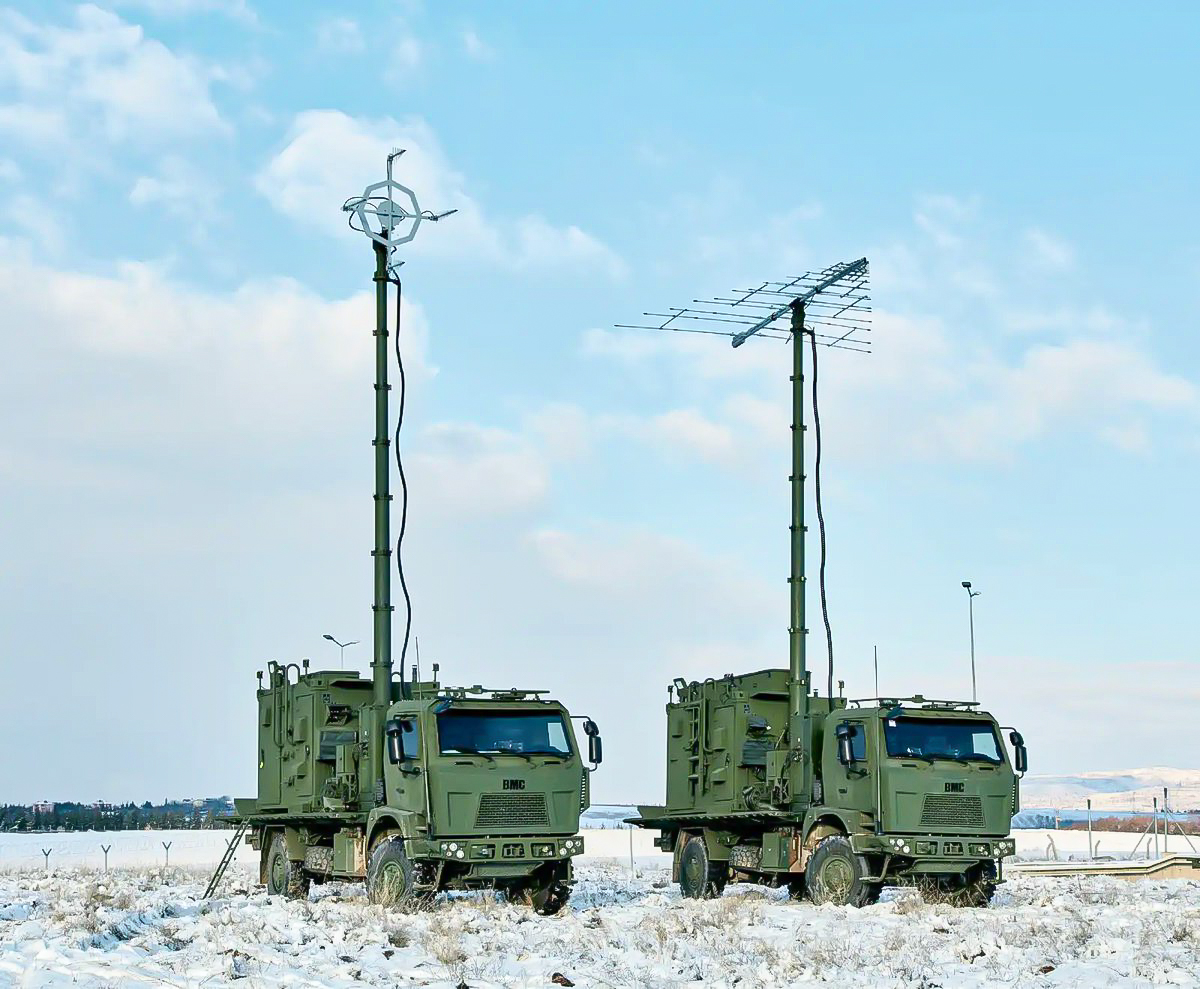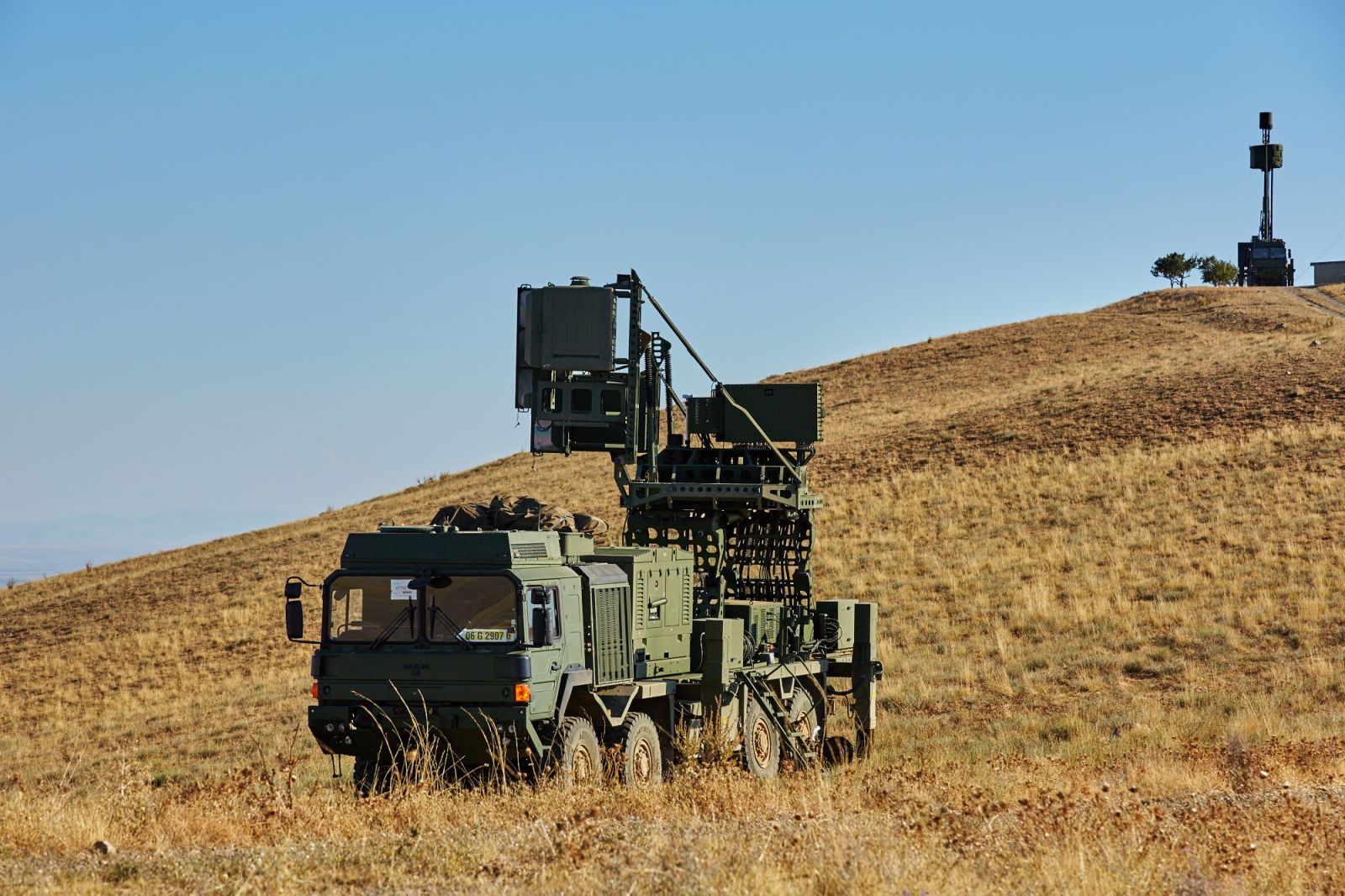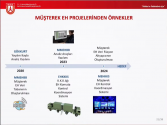TURKISH EW SYSTEMS - The Unseen Force Behind Recent Turkish Drone Successes
Issue 106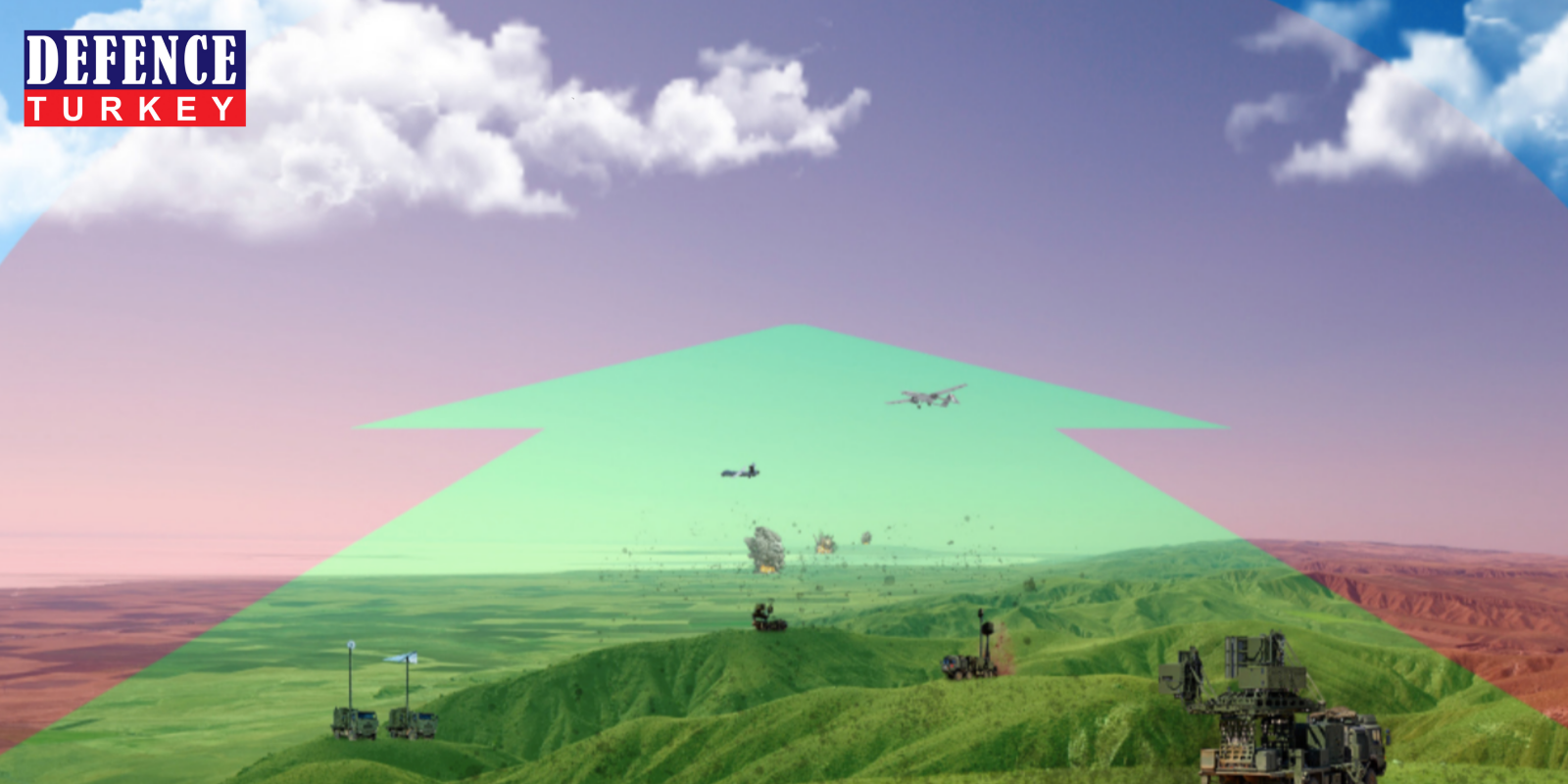
In recent months we have seen extensive news coverage of real combat footage of Turkish drones, namely TB2 and ANKA, in Syria, in Libya, and most recently in Karabagh, Azerbaijan. These real-time war images showed that tanks, armored vehicles, artillery pieces, ammunition depots, trucks, and even bunkers are all decimated with armed TB2 and ANKA drones. Of course, during these drone strikes, heavy casualties are inflicted on the soldiers or paramilitary forces on the ground. But one of the weapon systems that is not mentioned in the above casualty list was air defense systems which were supposed to protect the battlefield from drones like TB2 or ANKA. Why have they failed? What could be the reason(s) that some of these SA-22 Pantsir, SA-15 TOR, SA-8 Gecko, SA-17 Buk, or even Armenian SA-20 (S-300) fell victim to TB2 and ANKA strikes.
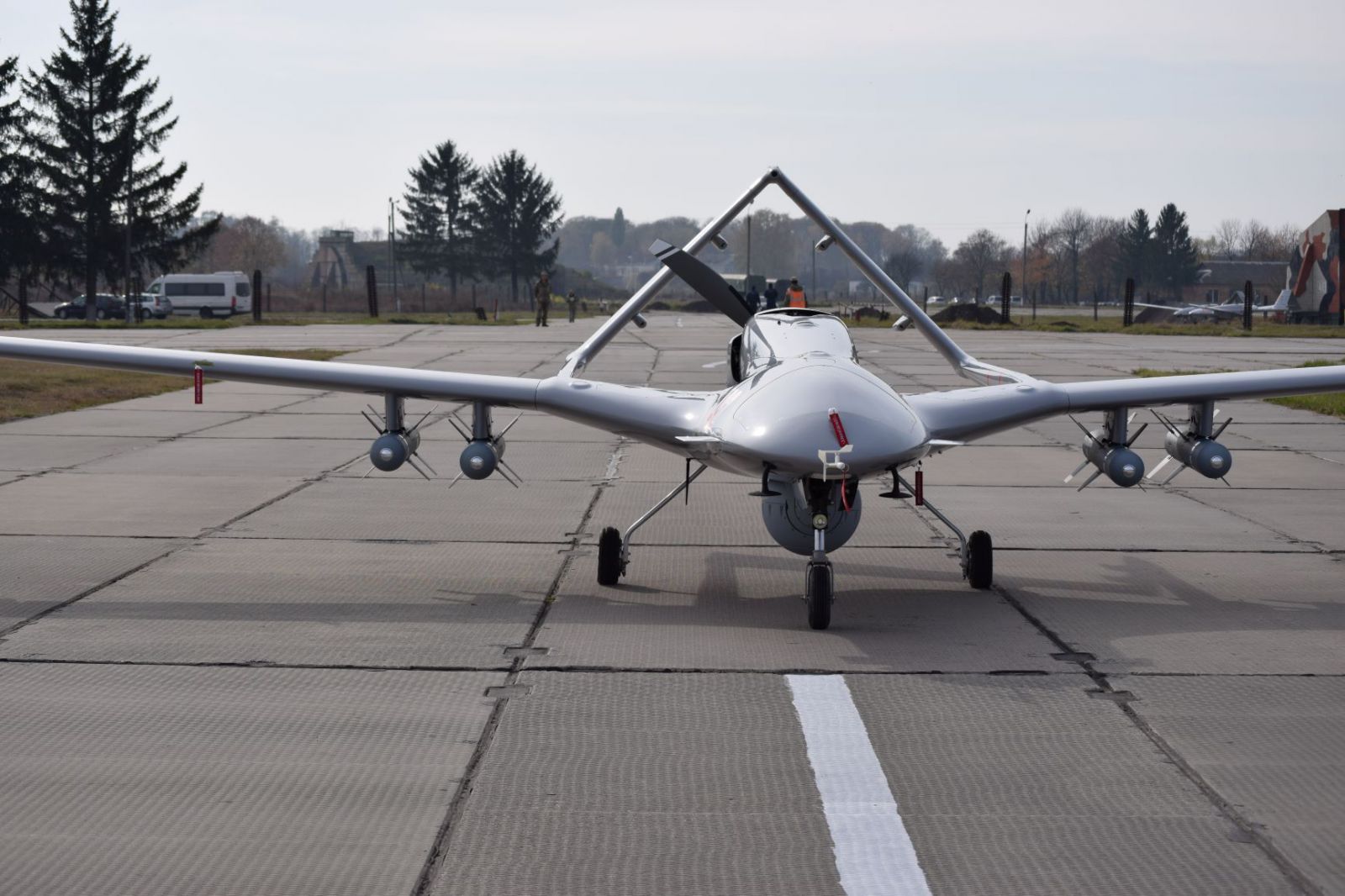
TB2 BAYRAKTAR is seen with 4 MAM-L Munitions under the wings
TB2 is a tactical class (650kg MTOW) UAV built indigenously by Baykar Company in Turkey. It has a flight endurance of 20+ hours at 18-20,000 feet in which its main sensor (Wescam MX-15D by L3Harris) can find, classify, and designate ground or sea targets from these altitudes and also streams video footage of the battlefield to the ground control stations from 200km away. The initial goal was to supply Turkish Armed Forces, mainly Turkish Land Forces Command and other internal security forces (Gendarme, Police) with TB2s to provide real-time ISR (Intelligence, surveillance, and Reconnaissance) information against the PKK, which is recognized as a terrorist organization that is has been staging deadly attacks on Turkish military posts and civilians in Eastern Turkey. In the meantime, Roketsan (a Turkish company that produces rockets and missiles) started the serial production of MAM-L (Micro Smart Ammunition with laser seeker), which weighs about 22.5kg (10kg warhead) with a 4-quadrant laser seeker in the nose. Baykar took this opportunity to start trials with MAM-L on TB2, and within a year or so, the Turkish Armed Forces received their first armed drones. So, the destructive power of the TB2 comes from a typical load of 4 MAM-L under its wings. Even a smaller and lighter Micro Smart Ammunition MAM-C (10kg) was also developed in later years. The introduction of MAM-L on TB2 was a huge shift in the fight against the PKK because they were hiding in the remote mountains of Eastern Turkey, Northern Iraq, and some parts of Northern Syria. The Turkish Army’s fight against the PKK is considered asymmetric warfare since the PKK does not operate heavy weapons or does not operate in air and sea domains. With the availability of armed TB2, Turkish forces would now be able to hit time-sensitive targets without waiting for artillery or air support. In a typical engagement of ground targets, TB2 finds the targets and receives a strike approval from the chain of command, and launches its MAM-L from a range of 8km with laser designator option or 14km with INS/GPS version of MAM-L. TB2 production numbers already exceeded 100+ as its popularity grew and gave way to export orders from Qatar, Ukraine, and Azerbaijan. As TB2 proved its effectiveness in real combat conditions, many more international orders for TB2 might be received in coming years. In the meantime, Baykar is working to improve TB2 with new add-on sensors such as SATCOM, deicing systems, and anti-jamming GPS and secure data link systems.
Another branch of the Turkish Armed Forces, TuRAF (Turkish Air Force), purchased IAI-made Heron-1 medium altitude long endurance drones and has been operating them with success since 2011, but their numbers were limited (only 3 systems, 10 HERON UAV purchased). Turkish F16 and Heron are constantly used to strike PKK hideouts in the mountains of eastern Turkey and Northern Iraq. Heron’s main ISR sensor was the Aselsan (military electronics company) made AF300 FLIR system which gave the TuRAF the ability to laser-designate ground targets, while F16s could drop their GBU-10/12 LGB bombs with high accuracy, but Herons did not carry any weapons, so, they could not strike any time-sensitive target, or any target at all for that matter.
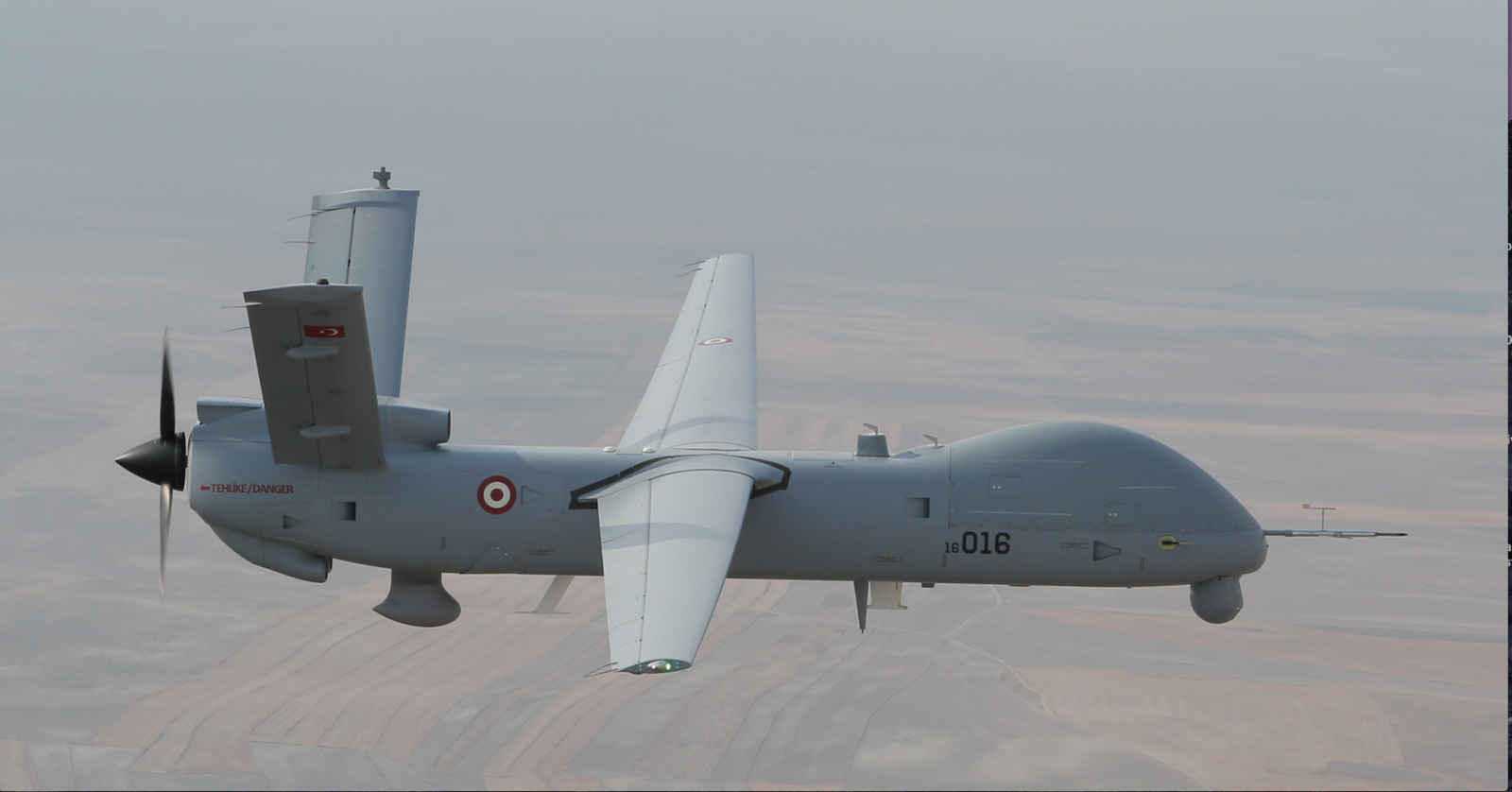
While Turkish Aerospace Industries (TUSAŞ) started the indigenous development of medium altitude long endurance (or MALE class) ANKA drones in 2008, the project’s final production version of ANKA-B only became operational in 2016. The TuRAF was very ambitious in its request for the ANKA from TUSAŞ and asked for some improvements to be made in the production version ANKA-B. Among those requested improvements SATCOM, PD170 diesel engines (made by Turkish Engine Industries and provides 170hp), long-endurance, Aselsan made CATS E/O and Laser Designator system, PLS (Personal Locator System to find ejected aircrew), and armed with suitable weapons. TUSAŞ designated this version as ANKA-S, which is considered the most advanced ANKA. It could be one of the best-equipped UAVs in the MALE category.
The maximum takeoff weight (MTOW) for ANKA-S is 1.6 tons. It can carry 4 of MAM-Ls and operates at altitudes of up to 30,000 feet. SATCOM gives ANKA-S almost unlimited range (with the availability of fuel) and safe communications with ground control stations. ANKA-S proved itself when Turkish forces launched Operation Spring Shield in the Idlib region of Syria against Syrian forces in March 2020. ANKA-S operated under heavy Russian GPS jamming and spoofing conditions, as reported by some Turkish news outlets. The TuRAF's initial order for the ANKA-S was 10, but later 10 more were added to the order.
Turkish Naval Forces also ordered TB2 and ANKA-B for patrolling Turkish coastlines and to provide remote ISR and strike capability in the Aegean and Mediterranean Seas.
During Turkish Forces' Operation Spring Shield operation, which was conducted over the Idlib region (about 35-40km from Turkish borders) in Syria, Turkish TB2s and ANKA-S faced a wide range of air defense systems (ADS) while striking Syrian ground forces in the battlefield. While the TuRAF's F16 were providing air cover over Idlib, TB2 and ANKA-S had to cope with threats coming from Syrian ADS, which mainly consisted of Pantsir-S, Buk, S200, and even S300. During the initial wave of the skirmishes, the Syrian Air Force tried to attack Turkish positions, but Turkish Air Supremacy over the Idlib region was so intense that as soon as Syrian aircraft took off from their bases, they were tracked by TuRAF E-7T AEW aircraft and eventually shot down by Turkish F16s. According to the official Turkish Ministry of Defense briefing, the TuRAF shot down 2 Su-24, 1 L39 Albatros, and 1-3 Mi-8/17 helicopters from stand-off ranges without entering Syria's airspace.
After establishing air dominance, TB2 and ANKA-S were able to operate freely and started their work on gathering information and targeting Syrian forces on the grounds of the Idlib region. After losing air supremacy, Syrian forces tried to rely on their ADS to protect the airspace over Idlib from TB2 and ANKA-S. Turkish F16s and other AEW, AAR assets stayed out of the conflict zone, but the close proximity of Idlib to Turkish borders made it easier for the TuRAF to safely keep an eye on the airspace while staying about 35-40km deeper into Turkey.
.jpeg)
ANKA-I ELINT/SIGINT Configuration

